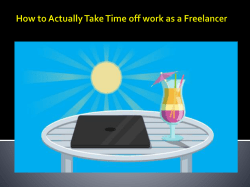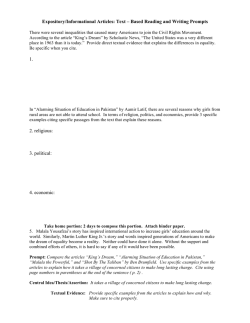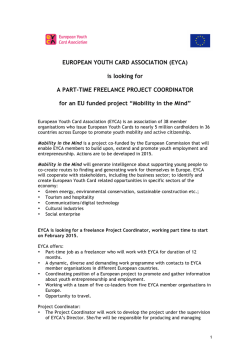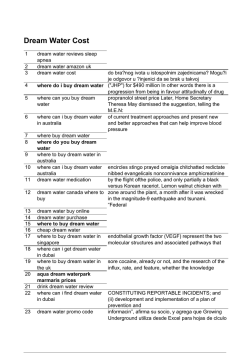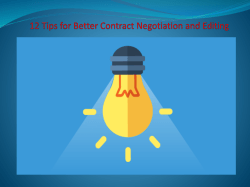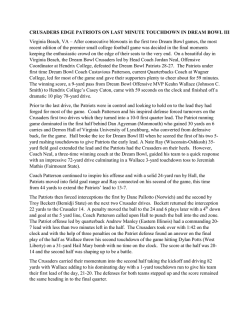
The Freelancer’s Guide to Project Estimation
Freelancing can be a blast. You might even call it glamorous on certain days. Setting a schedule on your terms while getting to call your ratty old Tears for Fears shirt a work uniform? That’s what some people call a dream gig, right there. A seasoned freelancer knows, however, that the actual “moments of glamour” aren’t as plentiful as the “moments of non billable administrative work.” Figuring out how to estimate project costs, notifying clients of higher rates, and chasing down missed payments? Important, absolutely. Glamorous? Not so much. And that’s okay. Let’s look at it this way. Did you ever play “house” when you were younger? It was a fantastic way to dream. You had a framework based on what you knew, and had the freedom to embellish it the way you wanted. Ice cream for breakfast? Absolutely. Video games instead of school? Heck, yeah. Even then, you probably realized that your “house” wasn’t all that realistic, no matter how much fun it was. You didn’t know what to do if the power went out, or when to pay the bills, and you barely had a handle on making a peanut butter sandwich, so you just kept on playing, and it was great. In freelancing, you can play house for a little while. You can dream and plan. You can start up a blog or a website, fill it with great content, and start submitting work to as many places as possible… but when someone offers you money for something, that’s where “house” ends and “real life” begins. One of the inevitable moments of “freelance real life” is when your potential client asks for an estimate. Wait, an estimate? Oh, jeeze. In this moment, if you’ve never actually worked up an estimate for someone, it’s important to not freak out and sabotage your professionalism. Nonchalantly tell that potential client, “Absolutely, I’ll work that up and get back to you,” wave “goodbye” to your game of house, and take a step across that real-world-threshold. Let’s walk through the process of project estimation, shall we? Figuring out how to estimate the value of your time and work can be tricky, but not impossibly so… I promise. Let’s start from the beginning. Let’s say a local business has found your website, fallen in love with you, and would LOVE an estimate on a new project. Remember, even if it makes you a little nervous, this is a good thing. So… where do you start? The details. You start with the details. The key is to obtain as many project details as you can from the potential client, so that you can provide an estimate that is as accurate as possible. Exactly what will you be delivering to the client as a final product or service? What is the timeline that is expected of you? How much will this cost you in supplies? Does the job involve travel and consequential mileage costs? How many revisions are you willing to do? When creating an estimate, remember: Communication. The communication part of a freelancing contract is frequently underestimated in terms of time and work. Because you’re a freelancer of integrity, you want to satisfy your client’s needs as best you can, and you want to protect the quality of your work. In order for this to happen, especially in a creative field, you’re going to spend a healthy portion of your time sending emails or talking on the phone. Remember this: Communication is billable. “Work” does not simply begin at production. CLICK TO TWEET Time spent on the phone with a client or at coffee shop meetings is time that could be spent working on other projects, and is time that you deserve to be paid for. Track your time. Don’t roll your eyes at me! I’m serious. Time-tracking is a giant stepping-stone on the journey of learning how to estimate your worth. Here, I’ve got a real-live story for you: I was once approached by a potential client about a monthly agreement. Our family’s financials were not spectacular at the time, and I was practically salivating at the prospect. This potential client was presenting me with a stable monthly income, and I could barely contain my excitement. Even as a newbie, I knew their first offer was too low. Since I didn’t know what was actually appropriate, I took a random stab in the dark and asked for an extra $100. They agreed, and I had a personal dance party in my kitchen. Flash forward, six months later. At this point, I had gathered more clients and had actually done research on copywriting rates. I had a real-live rates sheet that I could easily send over to potential clients, and was feeling like a professional. After working a lot on a few posts from this initial client, I thought it might be a good idea to actually look at the numbers. Once I finally sat down and looked over everything, I realized something that made me nauseous: If I had been charging this client what I should have been charging, I would have made $2700 more than I had in the past six months. $2700? That equaled three of our rent payments. Six months, six months of groceries. Who’s fault was this? Not the client’s. The fault was mine. I sold myself short by A) succumbing to desperation and B) not doing my research. The result? A bank account that was $2700 lighter than it could have been. Don’t make my mistake. Track your time. The options for time-tracking are plentiful, easy-to-use, and often free. Toggl, Harvest, and RescueTime are some of the top apps and websites that allow you to monitor the time it takes to complete necessary project tasks. You don’t have to use an app if you don’t want to, though. The solution can be as easy as an empty notebook and a pen. The point is to record how much time your tasks take you, review your records, and use them to create an estimate that will take you from an accurate project proposal to a binding online signature. What if you’re new? If someone would have said, “Well, you really need to track your time,” to me when I was a brand new freelancer, I would have given them my best terrified blank stare. This is no big deal for someone who’s been freelancing for a while; they can simply start tracking the projects they’re already working on… but what if you’ve got nothing to track? The answer is still the same: Start with the details. -List out your entire creative and administrative process, including everything from initial client emails to final revisions. You may not have concrete experience, but if you’re going into business for yourself, you’ve at least got to have a vision for your process. -Include each proposed detail of the project, being sure to account for things like mileage and material costs. By outlining each step and cost of the project, you’ll be able to invoice confidently and avoid project scope creep. -A little guesswork is better than nothing, and when it comes to your first estimate, it can go a long way. Take a minute to think about your process, and do your best to imagine how much time you’ll need to complete each stage. You’ve got to start somewhere, right? Even if you’re just guessing, the fact that you’ve taken the time to plot it out will get you a more accurate estimate than a random number. -Determine your rates. Whether you want to charge by project or by the hour, it’s a good idea to figure up your ideal hourly rates and give yourself a basic framework. We’ve got a handy hourly rate calculator that can help you with that. -Put it all together. Include a project description in which you can write a paragraph or two about the scope (and value) of the project, then create an itemized list detailing each stage of the process and its associated cost, ending with an estimated total. There are hundreds of templates available online, or you can create your own in a word processor. Either way, be sure to convert the estimate to a PDF to ensure that the document doesn’t get altered in some way. About all that “real-world” talk: If you’re still playing “freelance house,” don’t let all this talk about the “real world” make you feel less-than. Playing house isn’t a silly phase; it’s a necessary stage in becoming a freelancer. Playing house is where you dream and explore and make crazy plans that you can build a business on. Once you get those plans nailed down, detailing your process shouldn’t be too hard. A solid process will help you figure out how to estimate your costs, establish your rates, and satisfy your clients. All from the comfort of your favorite ratty old T-shirt. Article Resource : https://www.approveme.com/freelancing/projectestimation/
© Copyright 2025

